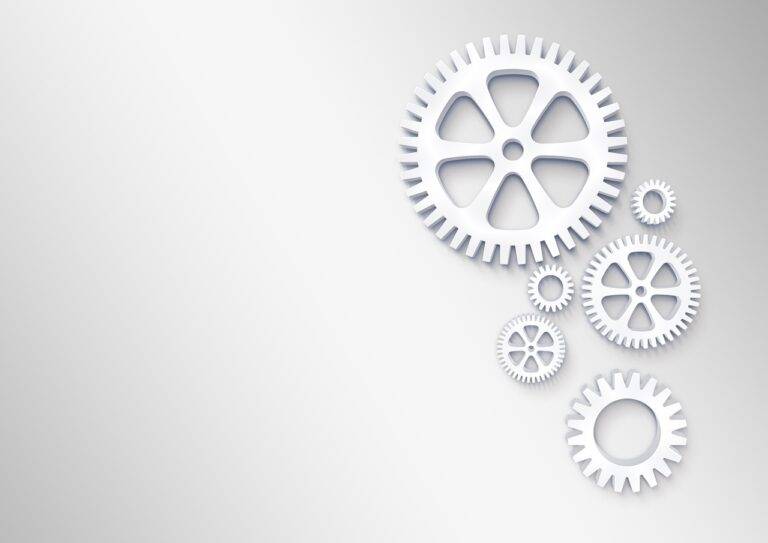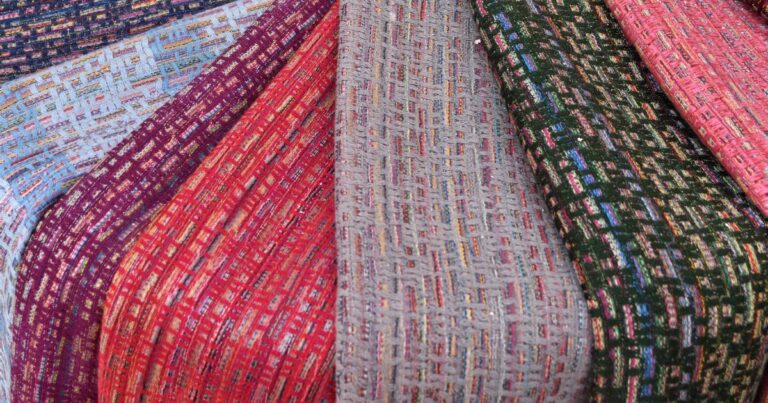The Circular Economy: Opportunities for Business Innovation and Growth
The circular economy is a concept that aims to rethink the traditional linear economic model of take-make-dispose. Instead of creating waste, the circular economy focuses on designing products and systems that are regenerative and restorative. This involves strategies such as recycling, reusing, repairing, and remanufacturing to keep resources in use for as long as possible.
By transitioning to a circular economy, businesses and industries can not only reduce their environmental impact but also drive innovation and create economic opportunities. This shift requires a collective effort from all stakeholders, including governments, businesses, consumers, and communities, to adopt sustainable practices and close the loop on material flows. Embracing the principles of the circular economy can lead to a more resilient and prosperous society that values sustainability and efficiency in resource management.
Understanding the Principles of Circular Economy
Circular economy is an economic model that aims to minimize waste and promote sustainability by keeping resources in use for as long as possible. The principles of circular economy focus on redesigning products and processes to use resources more efficiently, reduce dependency on finite resources, and create value from waste materials. By implementing these principles, businesses can reduce their environmental impact, lower costs, and contribute to a more sustainable future.
One key principle of circular economy is designing products for longevity and reuse, rather than disposal after a single use. This involves creating durable products that can be easily repaired, refurbished, or remanufactured to extend their lifespan. Additionally, businesses can adopt strategies such as sharing platforms and product-as-a-service models to promote sharing and reuse, further reducing the need for new production and minimizing waste generation.
What is the circular economy?
The circular economy is a system that aims to eliminate waste and promote sustainability by keeping resources and products in use for as long as possible through recycling, reuse, and re-manufacturing.
What are the principles of the circular economy?
The principles of the circular economy include designing out waste and pollution, keeping products and materials in use, and regenerating natural systems.
How does the circular economy differ from the traditional linear economy?
In a traditional linear economy, resources are used to make products that are then disposed of after use. In a circular economy, resources are kept in use for as long as possible through recycling and reuse, thus reducing waste and promoting sustainability.
Can businesses benefit from adopting circular economy principles?
Yes, businesses can benefit from adopting circular economy principles by reducing costs, increasing resource efficiency, and improving their reputation through sustainable practices.
How can individuals contribute to the circular economy?
Individuals can contribute to the circular economy by practicing recycling, reusing products, reducing waste, and supporting businesses that prioritize sustainability.
What are some examples of companies successfully implementing circular economy practices?
Companies like Patagonia, Interface, and Philips have successfully implemented circular economy practices by incorporating recycled materials into their products, offering repair and refurbishment services, and promoting a circular supply chain.







